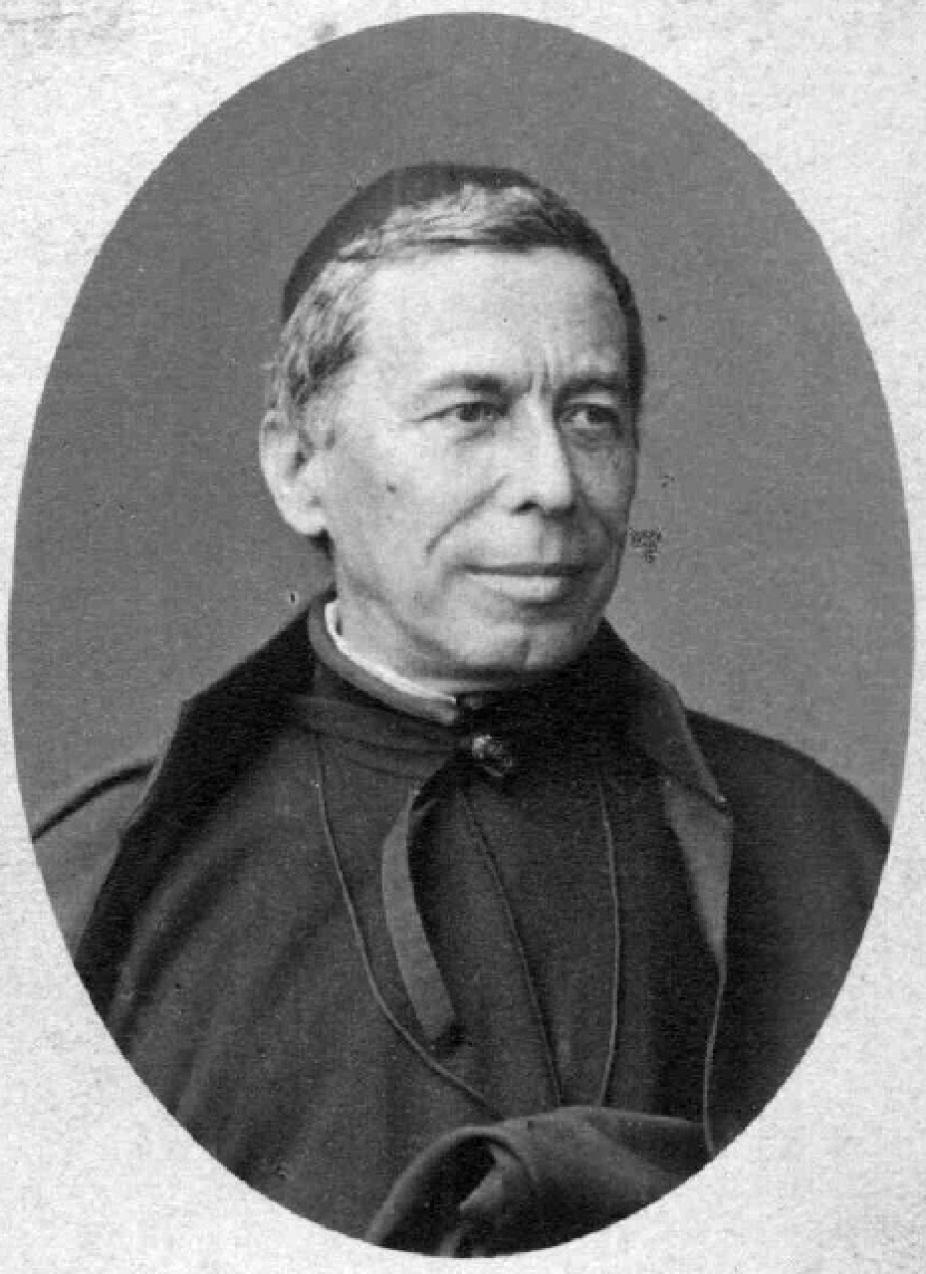Angelo Secchi (1818–1878)
Angelo Secchi was born on June 18, 1818 in Reggio, Italy. He joined the Jesuit order at age 15, began his theological studies in 1844, and was ordained priest in 1847. In 1839 he began lecturing on physics and mathematics at the Jesuits' Collegio Romano.

Portrait of Angelo Secchi.
Wikipedia
In 1848, due to the political unrest in Italy that led to the general expulsion of the Jesuit order, he traveled to England, then to Georgetown University, near Washington, where he taught the natural sciences. He was back in Europe within a year, and in 1852 returned to Rome, founding a new observatory at the Collegio Romano. He remained based in Rome until his death, on 26 February 1878.
Secchi made many important contributions to the astronomy of his days, in particular on stellar spectral classification. He was the first to make systematic use of spectroscopy in stellar classification. His four class scheme prevailed throughout much of the second half of the nineteenth century, and paved the way for all later classification schemes. Secchi was also extremely active in solar physics, an area he became interested in during his stay in America. He studied prominences during eclipses, both visually and spectroscopically, and provided the first demonstrations that prominences are features belonging to the Sun. He wrote a number of astronomical books in Italian, some quite technical, others aimed at the general public, and one for children. His influential solar monograph "Le Soleil" was first published in Paris in 1870, with a German translation appearing in 1872 and the second French edition in 1875.
Secchi was the first astrophysicist to suggest that the solar core is in a gaseous state, with the temperature steadily decreasing from the center to the surface. Some of his theories on sunspots, granulation and prominences would today be considered obsolete, but their influence on nineteenth century astronomy and solar physics was considerable. He was elected to England's Royal Society and Royal Astronomical Society of the French Académie des Sciences, and of Russia's Imperial Academy of St. Petersburg. In Italy he presided for many years over the Accademia dei Nuovi Lincei, and founded the Societa degli Spettroscopisti Italiani, devoted to spectroscopic studies of the Sun.
He remained based in Rome until his death on February 26, 1878.